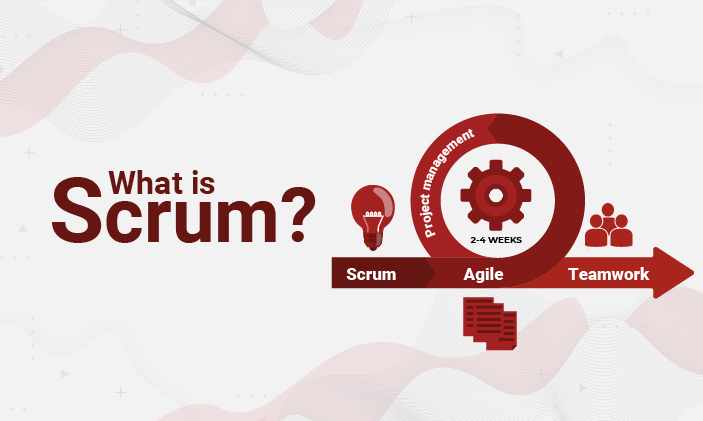Scrum is a framework that helps teams collaborate effectively. It consists of roles, events, artifacts and rules that bind them together. It is popular with software development teams, but also is used in industries like finance, consulting and education.
The scrum process is broken down into a series of iterations, or sprints. These sprints last between two and four weeks.
Envision Phase
Scrum is a framework for agile project management that offers core values, team structure, and a flexible workflow to meet user needs. It’s based on empiricism and lean thinking, with short release cycles so that teams can learn from each iteration. It helps teams break down complex tasks into manageable user stories and focus on what matters most to their users, with transparent communication and re-prioritization built into the process.
The envisioning phase is an important part of the scrum process, where a product’s vision and corresponding requirements are vetted. Outputs of this phase may be used in later release planning activities, or to help determine whether a product is worth exploring further through incremental development.
The initiation phase of the scrum framework is an important time for teams to set the boundaries for their projects, identify key stakeholders, and assign a Scrum Master (also known as a Scrum Facilitator). Teams will also construct the product backlog during this time.
Planning Phase
The planning phase of scrum is a key component of agile project management. It’s where teams work together to create sprint plans and define the next steps in the process. This includes grooming the product backlog, examining and assessing known requirements and creating estimates for the next sprint.
Scrum is a framework that has evolved to meet the needs of modern software development projects. It focuses on creating an environment of transparency in communication and collaboration. It is based on the principles of empiricism and lean thinking, and encourages teams to learn through experience.
Scrum also helps teams adapt to changing conditions and user requirements. It uses a process of effective prioritization and short release cycles to help keep the team motivated. It also emphasizes the importance of face-to-face meetings between cross-functional teams. Compared to other Agile approaches, such as kanban, scrum is more structured with a number of categorical concepts enforced as part of the framework.
Adaptation Phase
In software development, the Scrum framework is used to iteratively develop and deliver software. It’s based on empiricism and lean thinking, which reduces waste and encourages teams to learn through experience. Unlike traditional project management, scrum is flexible and can be tailored to the specific needs of a team.
Scrum focuses on building quality in through transparency in communication and collective responsibility. It helps teams create and maintain a product backlog that details the characteristics of an upcoming release. It also allows for continuous feedback and adjustments throughout the project.
As an interdisciplinary research initiative, CECAN needed a flexible approach to collaboration and project management. Inspired by Hirotaka Takeuchi and Ikujiro Nonaka’s 1986 Harvard Business Review article, The New New Product Development Game, CECAN adopted a number of agile practices including a self-organizing team model and the role of Scrum Master. These were used to facilitate coordination and connection among the interdisciplinary teams of researchers that worked on each case study.
Execution Phase
The Scrum framework is flexible, and companies can tailor it to their specific needs. It consists of rules, roles, artifacts, and events that guide the development cycle. It also includes Scrum ceremonies that help teams organize and prioritize work tasks. The framework combines the elements of a traditional project plan with those of an agile approach to software development. It was inspired by a 1986 Harvard Business Review article by Hirotaka Takeuchi and Ikujiro Nonaka, who compared high-performing teams to rugby players who form a scrum formation to pass the ball during a game.
The benefits of the scrum framework include effective prioritization, transparency, and collaborative ownership. It can help teams make rapid progress in developing product features that users love. It also helps teams keep projects on track and minimizes ambiguities in their development process.

